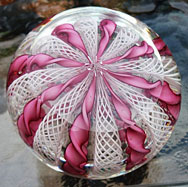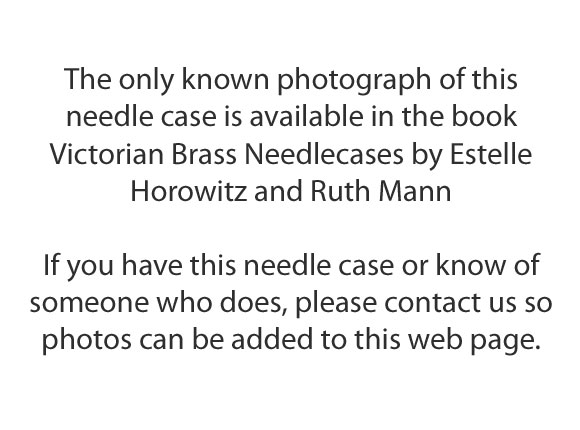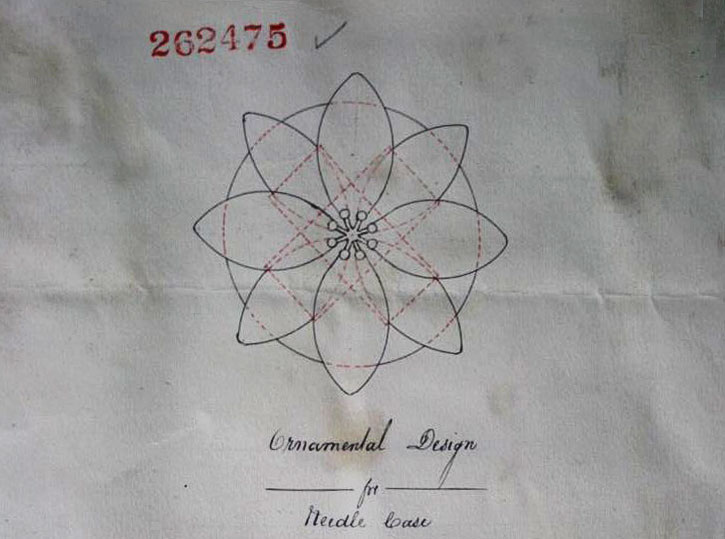Facts
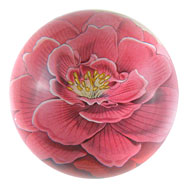
A paperweight is a small object, made of glass, metal or another heavy material that is placed on top of papers to hold them down. Paper
is lightweight and easily moved when subject to a slight breeze, therefore a paperweight is often needed to keep loose papers from scattering.
Although any small object can serve as a paperweight, many highly decorative ones were produced specifically for this purpose and are now collectors
items.
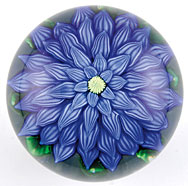
History
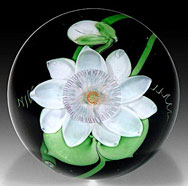
Decorative glass paperweights were introduced around 1845 by several French companies such as Baccarat and Clincy who dominated the market making
between 15,000 and 25,000 before 1860. Artisans from these companies crafted some paperweights by shaping and working pieces of glass to form
flowers and other designs that were embedded in colorless transparent glass.
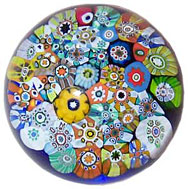
Others used millefiori, a kind of ornamental glass in which a number of glass rods of different sizes and colors are fused together and cut
into sections to form various patterns. These creations were entered in competitions based on the technical difficulty, intricacy of design
and overall beauty. British and American companies also joined the trend. Although their popularity declined during the second half of
the Victorian period, there was a revival in the middle of the 20th century and currently paperweights are widely produced and collected.
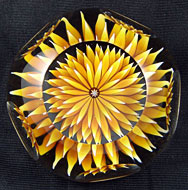
Miscellaneous
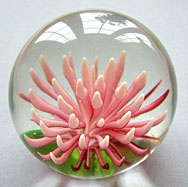
Today fine glass paperweights are appreciated as works of art and are often exhibited in museums. One of the best and largest collections
in the world can be found at the Art Institute of Chicago. The Arthur Rubloff Collection contains over 1,400 paperweights documenting all
periods, designs and techniques.
